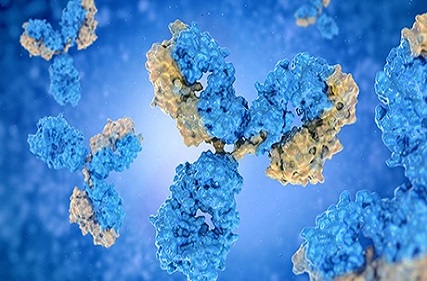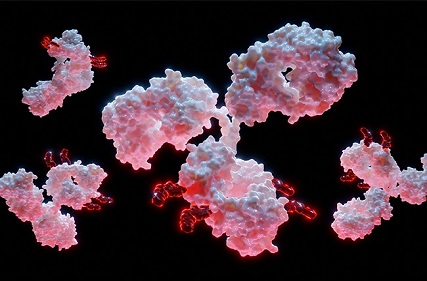En
Proteomics studies the proteome, and metabolomics studies the metabolome. Both proteins and metabolites are closely related to life activities. Biotyper Biotech provides mass spectrometry-based proteomics, metabolomics, and multi-omics integration analysis services.
The proteome, also known as the proteome, is the entire set of proteins expressed or capable of being expressed by a genome, cell, tissue, or organism at a specific time. It is a set of proteins expressed in specific types of cells or organisms under specific time and conditions. The metabolome is the complete set of small molecule chemicals found within a biological sample such as a cell, tissue, or organism. These small molecule chemicals in a given metabolome may include both endogenous metabolites and exogenous chemical substances. The proteome and metabolome are interconnected through many aspects of cell biology, particularly cell signaling, protein degradation and synthesis, and post-translational modifications.
The main difference between proteomics and metabolomics lies in the objects of study: proteomics studies the proteome, while metabolomics studies the metabolome. The connections between proteomics and metabolomics mainly include:1. Proteins can be catabolized into amino acids, which can further decompose into glutamic acid or be metabolized to produce urea, uric acid, pyruvic acid, etc. These compounds are metabolic products. Therefore, any changes in protein stability and degradation can cause changes in the metabolome. 2. Many protein post-translational modifications are induced by metabolites, such as phosphates, sugars, etc., which can lead to protein phosphorylation and glycosylation. By measuring the concentrations of different metabolites that cause proteins to be active or dormant, data on the types of PTMs can be obtained. 3. Most proteins also use metabolites as cofactors (e.g., NADH), signal molecules (e.g., calcium, zinc, and prostaglandins), substrates, and stabilizers.
Both proteomics and metabolomics can be studied using liquid chromatography-mass spectrometry (LC-MS). By integrating analysis of data from proteomics and metabolomics, it is possible to better explore the mechanisms of life activities, such as helping elucidate the molecular mechanisms of diseases and discovering clinical biomarkers.



